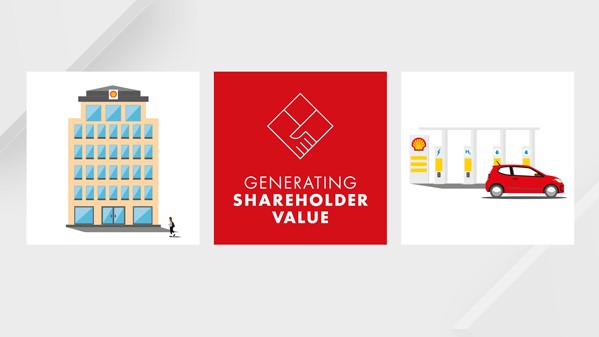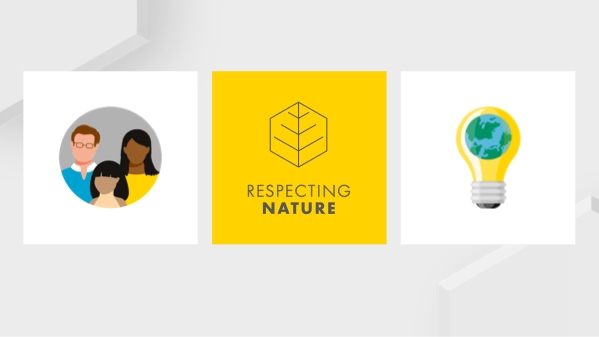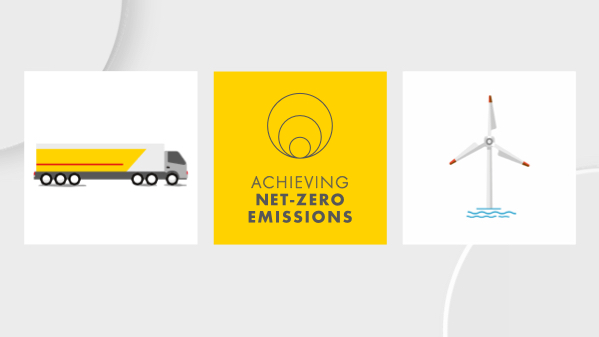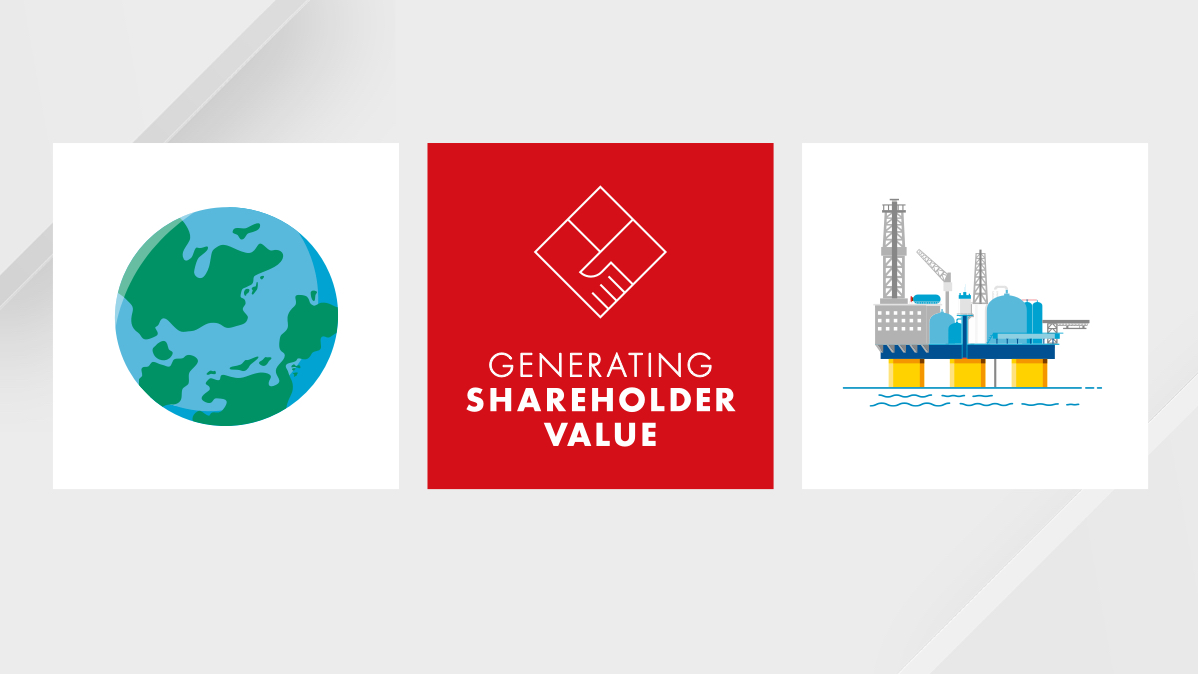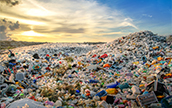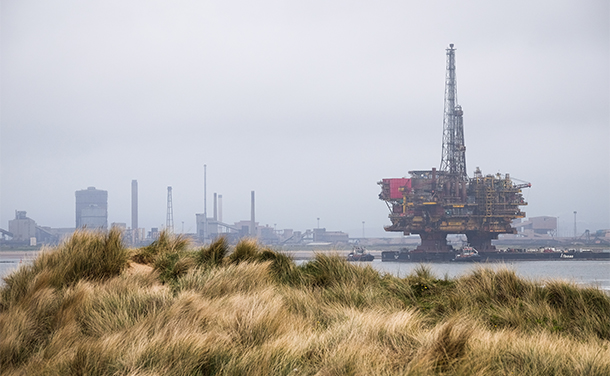Our organisation
Our operations are divided into our businesses: Upstream; Integrated Gas and Renewables and Energy Solutions (formerly New Energies); and Downstream. Our Projects & Technology organisation manages the delivery of Shell’s major projects and drives our research and innovation.
Upstream
Upstream manages the exploration for and extraction of crude oil, natural gas and natural gas liquids. It also markets and transports oil and gas and operates infrastructure necessary to deliver them to market. We need to discover resources and negotiate their extraction with governments and other stakeholders before operations can begin. Despite significant advances in technology, exploration risks remain high. We do not always find the oil and gas that we are looking for and may have to write off early investment costs.
When we find resources, we expect to invest significant sums in the development stages of projects in order to build required facilities and infrastructure. It may be several years before we realise any revenues as projects move through development and into production. Upstream projects often span decades.
We are exposed to market risks, among others, over the lifetime of a project and this impacts the taxes we pay. Low oil or natural gas prices may sometimes mean that upstream activities incur losses even during a production phase. Equally, oil and gas prices can rise, just as they have as a result of the global energy crisis, and this can lead to higher-than-expected profits. In some countries, governments have responded to this by introducing some form of taxation on these (additional) profits, also known as windfall taxes. Read more in Windfall taxes.
Our payments to governments
in $ billion [A]
Taxes through the business cycle [A]
Downstream
Downstream manages different Oil Products and Chemicals activities as part of an integrated value chain that trades and refines crude oil, other feedstocks, and low-carbon molecules into a range of products which are moved and sold around the world for domestic, industrial and transport use. Our Downstream organisation serves around 32 million customers at more than 46,000 retail sites every day.
Downstream also trades crude oil, natural gas, liquefied natural gas (LNG), electricity, refined products, biofuels, chemical feedstocks and environmental products. Trading and Supply combines our network of trading companies, shipping and maritime capabilities and an integrated network of supply and distribution activities.
The products we offer customers include conventional fuels for road, aviation and shipping; low-carbon fuels such as biofuels, renewable natural gas (RNG), hydrogen and electric vehicle charging. We also produce and sell lubricants, bitumen, sulphur and petrochemicals worldwide. Downstream includes a new business created to help Shell’s customers decarbonise in hard-to-abate sectors, which include shipping, aviation, steel and cement.
In 2021, Downstream earnings increased compared with 2020 but did not recover to pre-COVID-19 levels.
Integrated Gas, Renewables and Energy Solutions
Our Integrated Gas business manages liquefied natural gas (LNG) activities and the conversion of natural gas into gas-to-liquids (GTL) fuels and other products. It includes natural gas and liquids exploration and extraction, and the operation of infrastructure necessary to deliver gas and liquids to market.
The business markets and trades natural gas, LNG, electricity and carbon-emission rights. It also sells LNG as a fuel for heavy-duty vehicles and marine vessels.
In Renewables and Energy Solutions (formerly New Energies) we are exploring emerging opportunities and investing in those where we believe sufficient commercial value is available. We focus on new fuels for transport, such as advanced biofuels, hydrogen and charging for battery-electric vehicles; and power, including from natural gas and low-carbon sources such as wind and solar.
Global demand for natural gas rose by an estimated 4.6% in 2021 after the COVID-19 pandemic caused consumption to decline by around 1.2% in 2020, according to the International Energy Agency (IEA).
The rise in 2021 demand represented a return to the historical norms of growth for gas and was roughly the same as the pre-pandemic growth rate of 2019. The revival of economic growth underpinned the industrial uptake of gas, especially in China.
Projects & Technology
Our Projects & Technology organisation manages the delivery of our major projects and drives research and innovation to develop new technology solutions. It provides technical services and technology capability for our Integrated Gas and Renewables and Energy Solutions, Upstream and Downstream activities.
It is also responsible for providing functional leadership across Shell in the areas of safety and environment, contracting and procurement, asset management support, information and digital technology, wells activities and greenhouse gas management.
Projects & Technology mainly generates income from service fees. In our consolidated financial statements for 2021, the financial information for Projects & Technology is included in Upstream, Integrated Gas and Renewables and Energy Solutions and Downstream.
More than 25,000 people work in technology centres, offices and sites around the world for Projects & Technology, which has centres in the Netherlands, India, the USA and the UK.

